Sea Kayak Expedition Advice
Paddlesports Instructor Giles Trussell shares some sea kayak expedition advice for those interested in learning more about these amazing coastal overnight adventures.
Why try sea kayak expeditions?
Sea kayaks are the ideal craft for exploring the littoral zone (land/sea interface) along with open bodies of coastal water. Add to this an expedition framework, and time can slow down and enable you to immerse yourself in nature.
You will find your time entwined with natural cycles and topographical features. The winds and tides will dictate times of departure and direction of travel, convenient landings decide the where and when comfort breaks may be taken, campsite options dictate the distance, wild-life encounters can be slow, real-time affairs.
Sea kayak expeditions enhance independence and interdependence, they can create a simpler existence, resilience and resourcefulness.
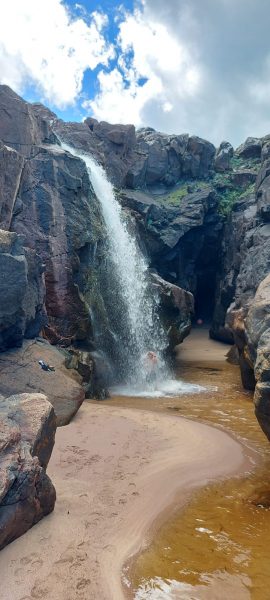
How long should I plan a sea kayak trip to be?
Starting out 1 or 2 nights over 2 or 3 days, with progress to 3 or 4 nights over 4 or 5 days. Once you feel your systems are good and you have confidence in your equipment and organisation, the longer trips can begin to be more attractive. The distance you need to paddle each day will be governed by many factors not least any tidal movement and wind. Other weather factors, your experience, competence and physical capabilities, the team you are paddling with, and the coastline you have identified, should be a fundamental part of any planning.
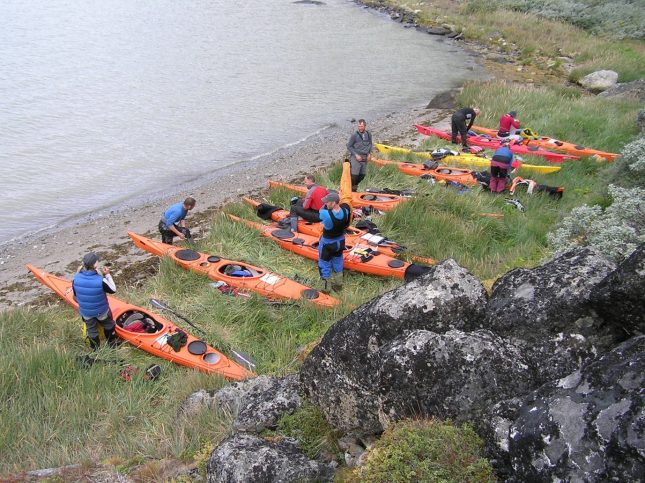
What makes them a great experience?
With freedom from your usual daily distractions, life becomes simpler, you learn to be organised, you develop routine, and you will notice how as the expedition moves you become more efficient and in tune with the environment.
You can plan to fit in with your time available and with tides and weather – e.g., what would normally be a one-day paddle could be made into a 2 -day paddle that gives you more time to slow down and absorb and be absorbed by your surroundings.
You can go wild with truly wild camp sites under dark skies, wild swims, wild weather, wild-life and gather wild memories.
The overall experience will leave you enriched and planning for more.
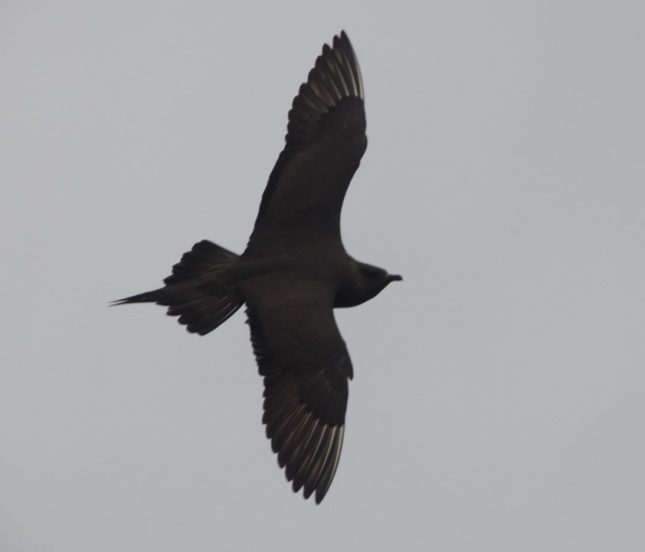
What are other tips and advice around planning and preparing your own adventure?
With any sea kayak planning there are a few fundamentals to plan for:
Weather and tidal information – can be gathered from a variety of sources. Commonly used weather sites include Windfinder.com, xcweather.co.uk and Windy.com as well as the metoffice.co.uk and inshore waters forecasts. Tidal info may be found in guidebooks, marine pilots, tidal stream atlases and almanacs. There are also many other smart device resources to be found with, for example: Navionics which is a marine environment specific planning and navigation resource.
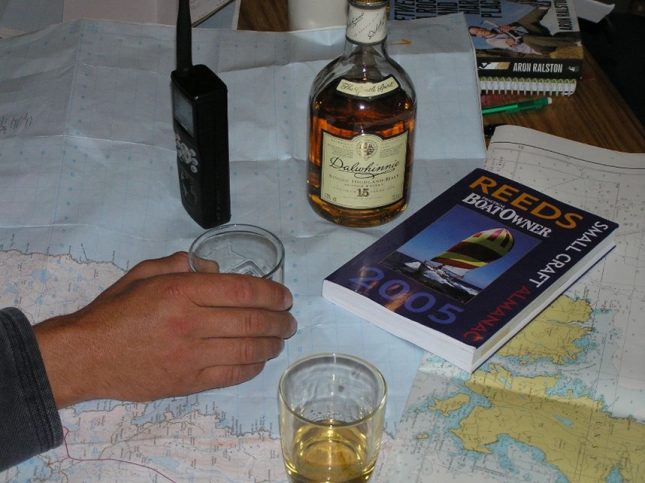
Coastline and landings, start and finish points – consider circumnavigations which avoid the need for a shuttle as do ‘out and back’ paddles. If it is an A to B coastline you have planned – these work well if the wind is one direction – remember to consider the shuttle i.e., how to you get back to your vehicle? Is it better placed at the start or at the end? I have used ferries to get to my departure point, buses for shuttles out on the Hebrides, a road bike on the mainland, hitch-kayaking (different to hitch-hiking) and if paddling with others a second vehicle adds to the efficiency. Identify possible campsites as part of the planning which should also include fresh-water sources.
People & equipment
Knowing your team and what each are carrying is an essential part of the planning for a number of reasons. Psychology plays a big part in days on the sea and having a good team ethos and good equipment awareness helps with this. Keep the communication with everyone about plans and what folk are taking.
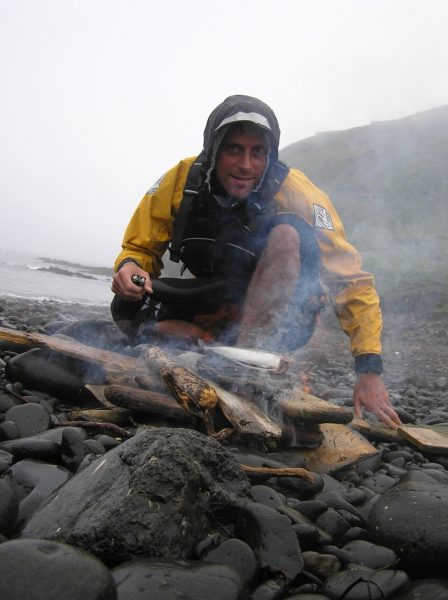
Equipment – A start point would be buoyancy aid, spray deck, cagoule, over trousers, footwear, warm layers and personal items. Ensure you have enough for a change into dry clothes in case you get wet.
Sea Kayak – these come in many sizes now. Having one that feels comfy and has good storage compartments with secure bulkheads will help manage and organise equipment carried
Paddles – consider blade size, length of paddle, weight and grip comfort
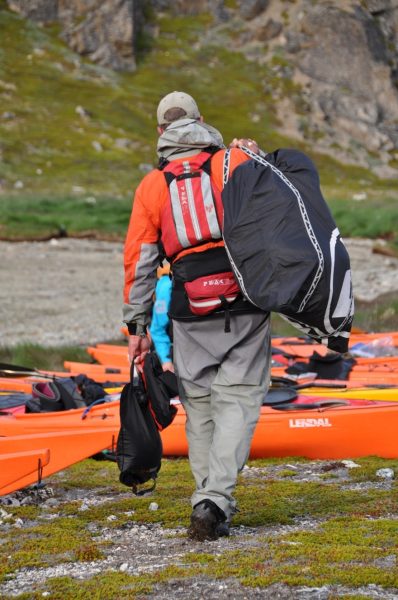
Here are other essential kit suggestions:
Dry bags – keeping things dry is an essential component of sea kayak daily routine. You will need to have dry bags of various sizes for your kit.
Tent – comfort or lightweight. Wet expeditions can make the expedition tougher. I have found if the forecast is mixed having a large dry space makes life better, so for me it is nearly always my Terra Nova Ultra Quasar, roomy, strong and dependable and not too heavy. Ideal for 1 or 2 people.
Sleeping bag – generally as a warm sleeper it is my 3-season summer down bag which I keep as dry as possible. (Hydrophobic down has improved the performance of down in damp conditions) In colder areas and times of the year I would take a 4-season down bag. I do carefully manage the down and if you had any doubt go for a synthetic bag as, at least, if it was wet it would give warmth.
Sleeping mat and chair – comfort wins over weight for me and I have a couple of air inflated adaptable systems that turn into comfy camp chairs.
Pillow – I make mine out of my clothes – works every time.
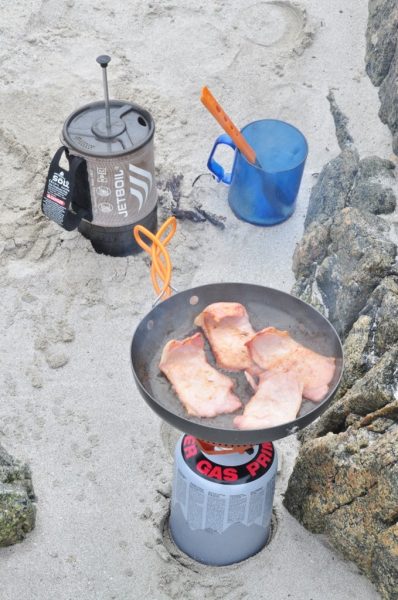
Stove (gas is my preference) – any stove with a heat exchanger works efficiently if it is the ‘just add water’ or boil in the bag food you have. Jetboil do have a multi-function pan set up that I have used for many years and means I can be a bit more creative and varied with my food. Even if your stove has built in ignition, take a spare lighter/fire starter.
Knife, fork, spoon, (KFS) or a SPORK – I actually carry a variety of utensils including a sharp knife which I have in my buoyancy aid.
Mug and Bowl or plate.
Food
Fresh water and drinks – Carry bags or bottles, replenish whenever possible, consider filter/treatment systems or boil. I tend to carry at least a couple of litres spare in case of challenges finding fresh water at camp spots. Tea, coffee, hot chocolate, soup – whatever your tipple it is nice to have a hot drink on a cold wet day.
Menu Plan – I tend to write out a menu plan which then guides the shopping and is more efficient. I also use a variety of tubs and zip-lock bags for food storage.
Keep the menu simple and nutritious. A good plan is to make sure the meals are easy to prepare. For 2 day trips you could even prepare the meal at home and simply reheat. In the UK you can usually plan for resupply when on 5 or more days. The longest I have chosen to paddle here is 8 days without extras. Resupplies enable a bit more luxury fresh food items and can help with the motivation to reach a destination and continue a longer trip.
For example, in 9 days around Mull I resupplied twice and in 9 days around Skye I resupplied just once. You can always plan to visit habitation and have a meal out or takeaway as part of your expedition, it really depends on what some of your mission goals are.
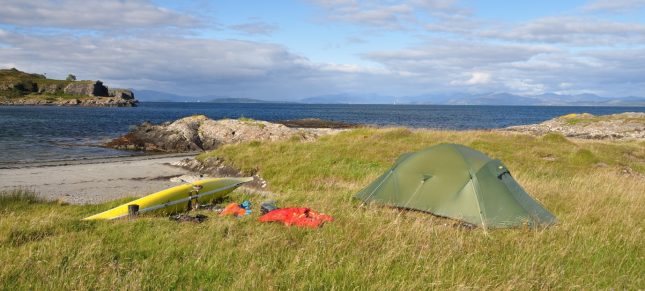
Shelter
Tent – comfort or lightweight? Wet conditions can make the expedition tougher; I have found that if the forecast is mixed, having a large dry space makes life better, so for me it is nearly always my Terra Nova Ultra Quasar, roomy, strong, and dependable and not too heavy. Ideal for 1 or 2 people.
Bothies – there are quite a few coastal bothies that you could incorporate into your plan. Good though to still have a tent as back up.
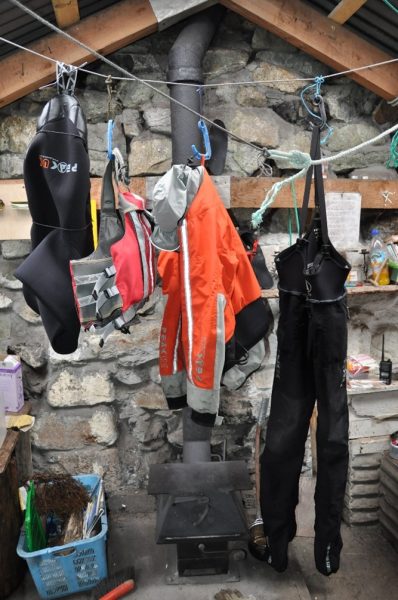
Safety and Communication systems
I have had trips where my aim is to not communicate, to turn off the phone. I would still listen to a VHF Radio to hear weather information broadcasts, but that is as far as it would go.
While you do not need to carry all these means of communication each has its own merits, depending on where you are paddling: Whistle, Torch, Marine VHF Radio, Mobile Phone in protective waterproof case, Personal Locator Beacon (PLB) or Garmin inReach (or other similar device), Pyrotechnic Distress and Signal Flares, LED Flare.
Shore Safety
Leave your trip plan with family or friends and where possible keep them updated. See the communication list for options. If it is a more committing expedition, you could leave details with the Coastguard (in addition to your shore contact), and remember to call them at the end of the trip.
Navigation
- OS map in waterproof case and compass.
- Deck mounted compass (optional).
- Navionics app on smart phone.
Other kit
- Towline – adaptable as a mooring line or a washing line.
- Spare Paddle and means of securing it to your kayak.
- Pump and Sponge for keeping boat dry.
- Repair kit.
- Spare hatches – Reed Chillcheater Ltd. – Reed Chillcheater Limited do a great complete set of soft hatches.
- Portage trolley – opens up a range of possibilities including ease of using ferries
- Carrying strops
- Large packable kit bag to carry things to and from your kayak
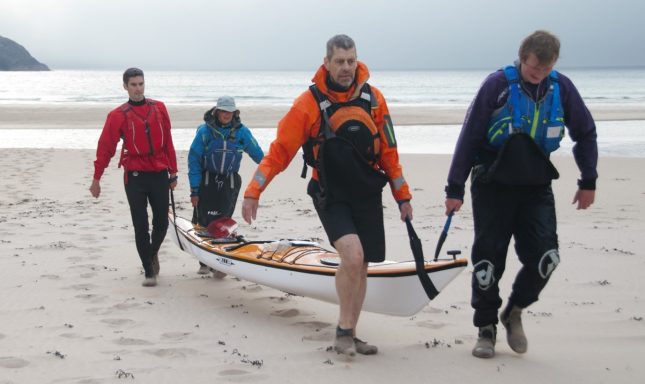
Be adaptable: what you take on a sheltered water 2-day overnight trip will vary greatly to what you may take on a long-duration remote coastline trip.
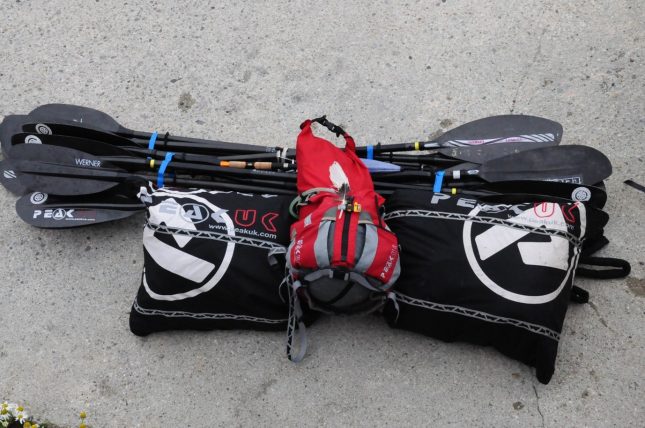
What do I need to know about wild camping in Scotland?
Sea kayaking really enables responsible camping. The ‘Hunters Craft’ allows for minimal environmental disturbance. You can go further than this and check out the advice given by the Scottish Canoe Association on ‘SCA Wild Camping: A Guide to Good Practice’ at the following link:
Scottish Canoe Association | Protecting Our Environment (canoescotland.org)
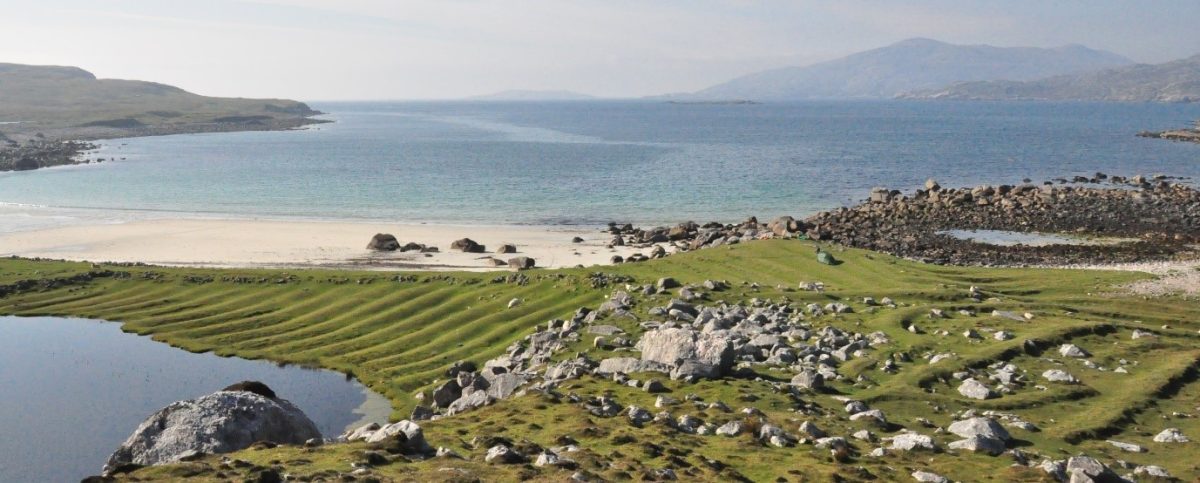
For planning
- Books: Pesda Shop (pesdapress.com) definitive UK sea kayaking guide publisher
- Maps: Buy Ordnance Survey Maps | View the full range of Paper Maps nothing currently better for at home planning than full size OS maps
Websites:
- Tidetimes: Tide Times
- Easytide: ADMIRALTY EasyTide
Phone apps:
- Navionics: Navionics
- Memory map: Great Britain – OS Maps – Memory-Map Outdoor Navigation Apps | Ordnance Survey | Hema Maps
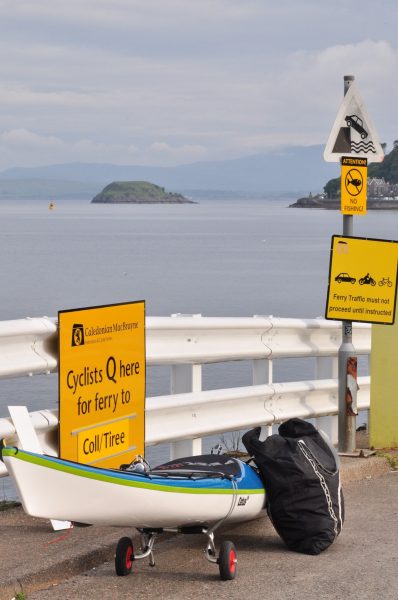
Feeling inspired?
Check out our upcoming sea kayaking expeditions and join us on an adventure around Scotland’s coastline later this year!
Firth of Lorn Sea Kayak Expedition
North West Sea Kayak Expedition
Raasay & Rona Sea Kayak Expedition
You can also check out the rest of our sea kayaking courses HERE
About Giles
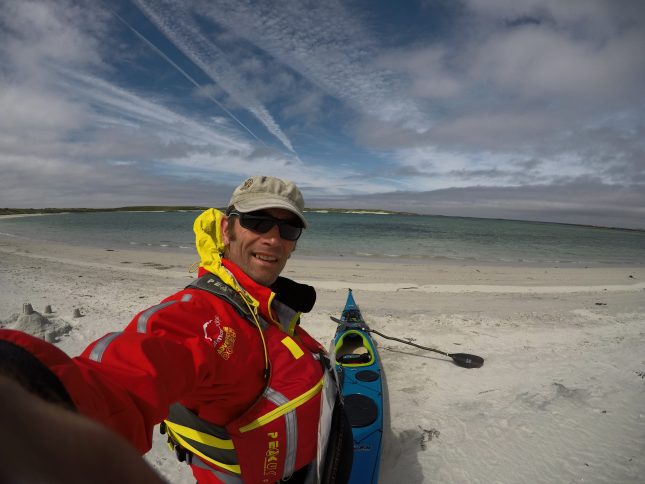
Fortunate to paddle from an early age and live close by the sea (50 metres from the high water mark) sealed Giles’s future love of sea kayaking. Spring tides were already understood at the age of 11 when he used look for – and find – lost fishing tackle on the shores of the Gareloch – low equinoxial spring tides being the best.
In 1996-97 he had a ‘transformational year’ while on a 13 month Atlantic Circuit in a 9 metre yacht, sailing with one other person.
A few years on and as well as a passion for all things canoe and kayak, sea kayaking exploits have taken him around many of Scotland’s Islands, often solo. He has enjoyed numerous sea kayak expeditions around the world including Southern Greenland, the Mediterranean and an epic circumnavigation of Stewart Island in New Zealand with a friend in 2010. That year only 3 people completed the circumnavigation.
In 2018 he realised a long term ambition to solo sea kayak to St Kilda…and back again.
Most recently in 2020, in between lockdowns, he had the fortune to enjoy a leisurely 9 day solo expedition around the Isle of Mull.
For sea kayaking – he says – “Scotland is as good as it gets anywhere in the world.”
Giles helps deliver the Glenmore Lodge paddlesports programme.